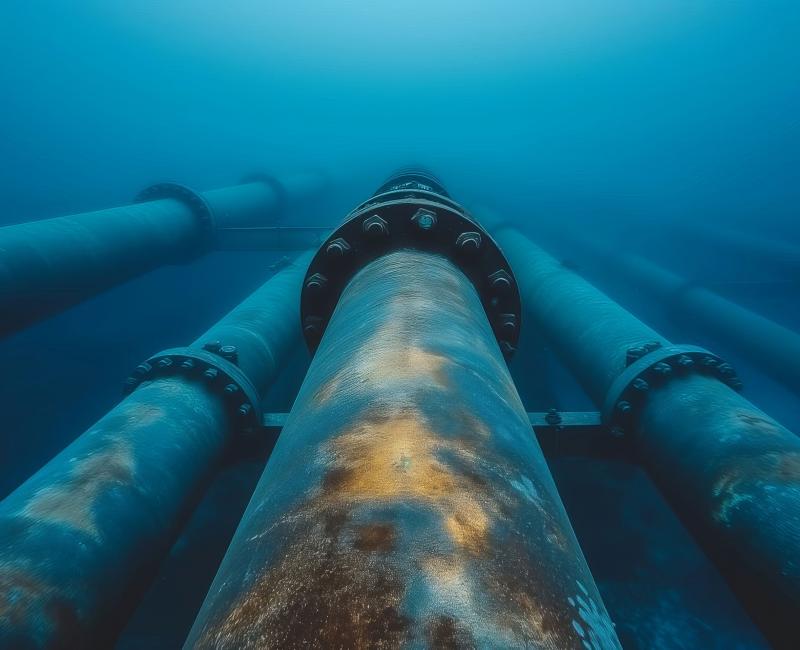LNG surge and storage recovery improve Europe’s short-term gas outlook
What is it about?
Published today, ACER’s latest report on key developments in European gas wholesale markets (Q2 2025) examines key trends in prices, supply and storage during the early months of the gas summer season. The analysis supports policy discussions on enhancing secure and competitively priced gas in Europe.
What trends did ACER monitoring find?
- Gas wholesale prices and volatility: Average wholesale gas prices fell by over 20% compared to Q1 2025, following a high-price winter. Price volatility eased, but remained relatively high, while regional price differences widened.
- LNG imports: Liquefied natural gas (LNG) imports rose by more than a third year-on-year, supported by competitive hub prices, slack demand in Asia and expanded US liquefaction capacity.
- Pipeline imports: No major changes were observed except for Russian supply to the EU, which dropped by 45% year-on-year following the expiry of transit contracts via Ukraine. Deliveries now reach the EU only through the TurkStream pipeline.
- Gas storage: Gas injections increased by 75 TWh year-on-year, helping to reduce the gap in storage levels compared to previous years. This follows a relatively tight end-of-winter, when stocks were lower than in 2023 and 2024.
Looking ahead
If current LNG inflows and storage injection levels continue, Europe is likely to enter winter with healthy reserves. Still, risks remain: extreme weather, disruptions to major supply sources, or geopolitical instability could alter the trajectory. On the supply side, the expected expansion of global LNG production in late 2025 and 2026 may help ease pressure.

